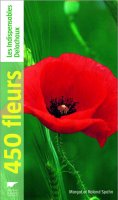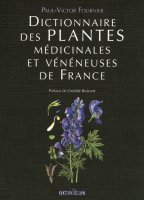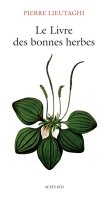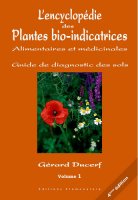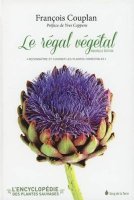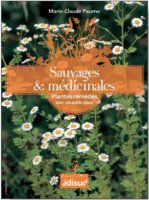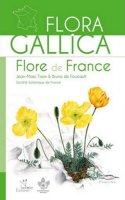Botanique
Plante : ↕ 10 - 80 cm
Feuille : alternes, sessile, simple, oblongue, entière
Fleur : ∅ 3 - 5 mm
Fruit : akène
Feuille : alternes, sessile, simple, oblongue, entière
Fleur : ∅ 3 - 5 mm
Fruit : akène
Habitat
Champs, chemins, friches
5 continents
Altitude : 0 ∼ 2300 m
5 continents
Altitude : 0 ∼ 2300 m
Récolte et conservation
Tige : automne
Constituants principaux
Tanin, silice organique, flavonoïdes, vitamine C
Précautions
Contre-indiquée avec les traitements anti-coagulants
Modes d’emploi
« Thé siliceux »
d’après P-V. Fournier
Ingrédients
- 30 g. de plante,
- 1 l. d’eau
Préparation
- Infuser 10 min. dans l’eau bouillante






